Cut costs and help the planet by implementing our practical tips to reduce energy waste across your office - from lighting to heating to staff engagement.
By Making Moves London
October 14, 2023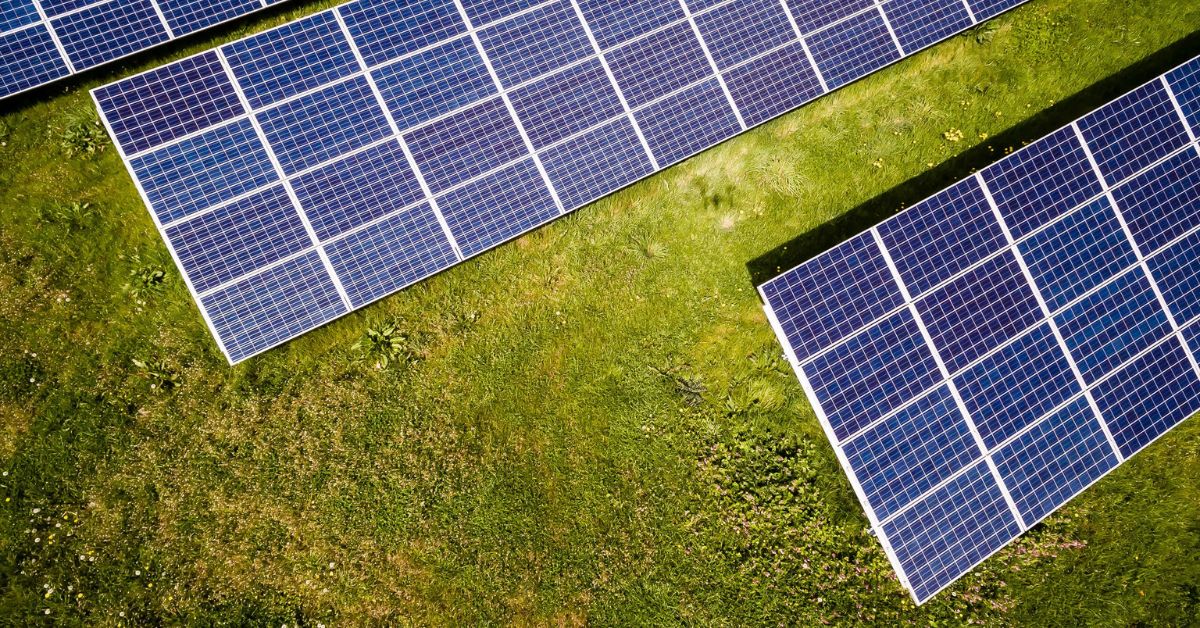
We all know how to save energy at home, but when it comes to the office, those energy-saving habits often get overlooked. As part of our commitment to promoting sustainability in the workplace here at Making Moves, our expert agents have put together this list of 39 essential energy-saving tips for your office.
By implementing these practical tips, you can significantly reduce energy consumption in the office and foster a more eco-friendly, cost-effective environment. These tips not only help you contribute to a greener planet but also support the goal of creating an energy-efficient office that drives both environmental and financial benefits. From simple changes to long-term strategies, keep reading to discover a range of practical energy-saving ideas that can help improve your office building’s energy efficiency and create a more sustainable space.
Understanding your current energy usage is the first and most crucial step toward creating an energy-efficient office. It may sound obvious, but knowing where and how your office consumes energy helps you identify areas for improvement.
A thorough energy audit from a professional can pinpoint inefficiencies and provide tailored recommendations for reducing waste. Every office is unique—factors like the building’s design, layout, and orientation all play a role in energy consumption, so it’s important to get a clear picture of your current energy use.
By using tools like energy management systems or smart meters, you can track energy consumption in real time and gather data that enables you to make informed decisions. Armed with this knowledge, you can implement targeted changes that will reduce electricity bills and make your office more sustainable.
To stay on track with your energy-saving goals, it’s essential to schedule regular energy usage reviews. These reviews help identify trends, track progress, and spot areas for improvement.
Aim to review your energy data at least quarterly. Focus on key metrics such as overall consumption, peak usage, and the performance of systems like heating, cooling, and lighting. Involve key stakeholders, like facilities managers or energy teams, to analyse the data and discuss potential improvements.
By setting performance benchmarks and measuring progress regularly, you can ensure your energy-saving initiatives are effective and continue refining your office’s efficiency.
While smart meters are often recommended for homes, they’re equally valuable for businesses looking to reduce energy consumption. These devices provide real-time data on your office’s energy usage, allowing you to monitor patterns and identify areas where energy is being wasted.
With this data, you can implement targeted energy-saving strategies, such as adjusting heating or lighting schedules, or switching to more efficient equipment. Smart meters also allow you to set consumption goals and track progress towards them, helping your business stay accountable for energy use and cost reductions. Over time, using a smart meter can provide key insights that enable you to make informed decisions, optimise your office’s energy consumption, and ultimately lower your energy bills.
This one might seem obvious, but there is more to saving energy than just switching off the lights. Lighting accounts for 20% of all energy consumption in the UK. For businesses, this can be as much as 35% of total electricity expenditure.
Did you know, lighting accounts for 20% of all energy consumption in the UK? For businesses, this can be as much as 35% of total electricity expenditure.
Upgrading your office lighting to LED bulbs is one of the simplest and most effective ways to cut down on energy usage and lower your electricity bills. LEDs use up to 75% less energy than traditional incandescent or fluorescent lights, while also lasting up to 25 times longer. This not only means fewer replacements and reduced waste, but also significant cost savings in the long run.
According to the Energy Saving Trust, for every traditional halogen bulb you switch to a similarly bright LED bulb you save around 5 kg of CO2 emissions – so imagine the potential savings when swapping to LED bulbs for your whole office.
LED lights are more energy-efficient because they convert most of the energy they consume into light, rather than heat, unlike traditional bulbs. They also emit less carbon, which helps your office reduce its overall carbon footprint. LEDs are also 100% recyclable, making them a more eco-friendly choice compared to other bulbs, which often contain hazardous materials like mercury.

Making the most of natural sunlight is one of the most cost-effective ways to reduce lighting needs and save energy in your office. Positioning workstations near windows or installing skylights can help maximise daylight during working hours, cutting down the need for artificial lighting—especially on bright days—and reducing your overall energy consumption.
When working with our client, Preston Turnbull, we project managed their office fit-out to ensure the design fully maximised natural light. Their stunning wrap-around terrace became a key feature, flooding the workspace with daylight throughout the day.
Beyond just lowering lighting costs, exposure to natural light has been shown to improve employee well-being, increasing productivity and boosting mood. Studies reveal that employees who have access to natural light report better sleep, improved focus, and higher levels of job satisfaction. Additionally, maximising sunlight can reduce reliance on air conditioning, as natural light helps warm up the office, making it easier to maintain a comfortable temperature.
If your office design doesn’t allow for much natural light, consider options like reflective paint or light-coloured furniture to help bounce light around the room. Indoor plants and greenery can also absorb excess heat and improve air quality, further complementing the benefits of natural sunlight (but more on that later!).
Office temperature is often a hot topic—whether it’s too hot or too cold, finding the right balance can be tricky. However, did you know that turning the thermostat down by just 1°C can save 8% in heating costs and reduce CO2 emissions? Apologies to any cold-blooded colleagues!
The ideal temperature for most office environments is generally between 18-21°C. This range strikes a balance between comfort and energy efficiency, and studies have shown that a comfortable environment can also enhance employee productivity and focus. When employees are too hot or cold, it can lead to distractions, which in turn can reduce efficiency and job satisfaction.
Once you’ve decided on the right temperature for your office, make sure you have an efficient thermostat that reads the room’s temperature accurately, preventing energy waste. Some thermostats even allow you to program automatic adjustments based on office hours, lowering the temperature during evenings, weekends, or holidays when the office is unoccupied.
Air conditioning can be one of the largest energy consumers in your office, particularly during the warmer months. By making small adjustments to your AC settings and being mindful of usage, you can significantly reduce energy consumption and lower your costs.
Start by setting your thermostat a few degrees higher, especially when the office is less occupied. Even a 1°C increase can result in energy savings without compromising comfort. Turn off the AC in rooms that are not in use, such as meeting rooms, or during off-hours, like evenings or weekends, to avoid wasting energy on cooling spaces that don’t need it.
Additionally, consider adding window coverings or blinds to block direct sunlight, which can help naturally regulate the temperature and reduce the need for excessive cooling.
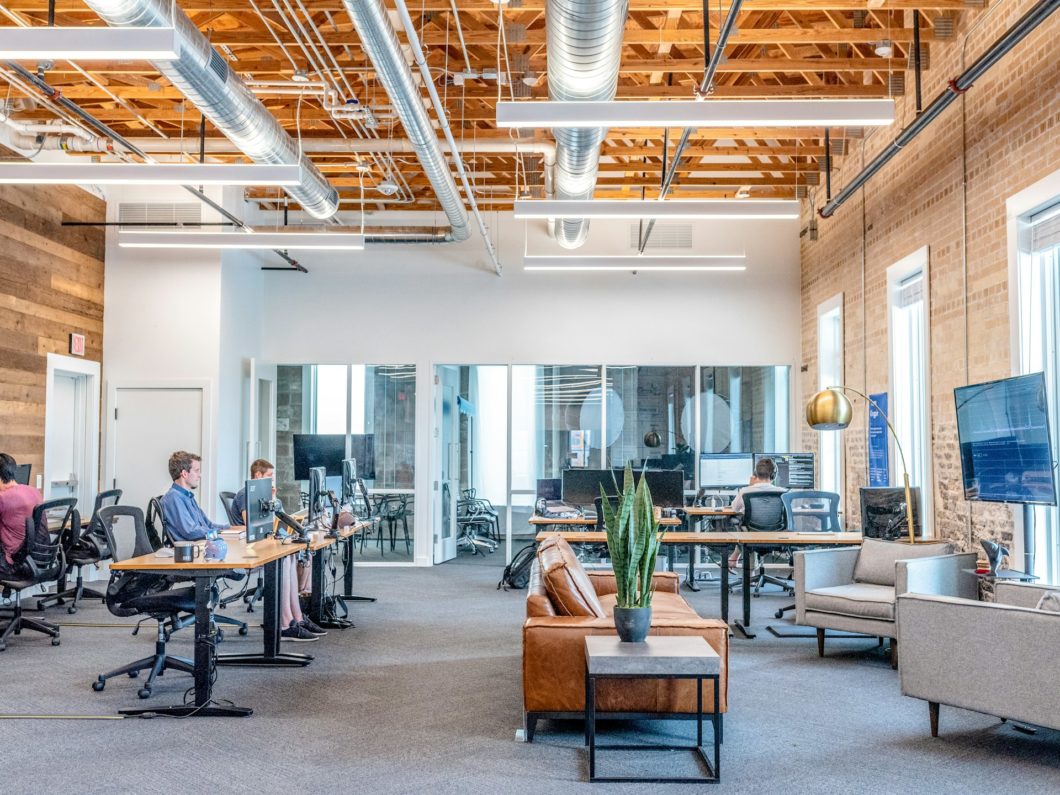
Occupancy sensors are a smart way to manage energy use in your office. These sensors detect when a room is occupied and automatically adjust lighting, heating, or cooling systems, ensuring energy is only used when needed.
By linking occupancy sensors to your office’s lighting system, you can ensure lights turn off when rooms are unoccupied, leading to immediate energy savings. These sensors can also be connected to your thermostat to automatically lower the temperature in unoccupied rooms, preventing energy waste on heating or cooling spaces that aren’t in use. This is particularly useful in areas like meeting rooms, bathrooms, and corridors, where occupancy fluctuates throughout the day.
With the rise of hybrid working post-pandemic, occupancy sensors have become even more valuable in the workplace. Offices that are not fully occupied every day can reduce energy costs by ensuring systems are only running when necessary. In fact, studies have shown that occupancy-based strategies can result in lighting energy savings of up to 24%.
A simple yet effective way to save energy in your office is by powering off devices that aren’t in use, especially overnight. While your computer may be performing updates, switching off the monitor alone can help save over 60% of the energy being used.
Turning off unused devices, from monitors to printers and kitchen appliances, is one of the easiest steps towards making your office more energy-efficient. To make this a habit, consider designating a team member to ensure all devices are powered off at the end of the day. Alternatively, you could place a checklist by the door as a gentle reminder for everyone to power off their devices before leaving.
These small changes can have a big impact on reducing energy consumption, helping you create a more sustainable and energy-efficient workspace.
To keep your office running efficiently and reduce energy consumption, it’s essential to establish a regular service schedule for high-power electrical items like computers, printers, and servers. Regular maintenance helps ensure that your devices are running at peak efficiency, preventing them from using more energy than necessary.
Computers and printers, for example, should be serviced every 6 to 12 months, with checks to clean components, update software, and replace any worn parts. Servers, which typically run around the clock, require more frequent maintenance—typically every 3 months—to ensure they’re functioning optimally and not drawing excess power.
By maintaining a consistent service schedule, you can catch issues early, extend the lifespan of your devices, and keep them operating efficiently, ultimately saving energy and reducing long-term costs.
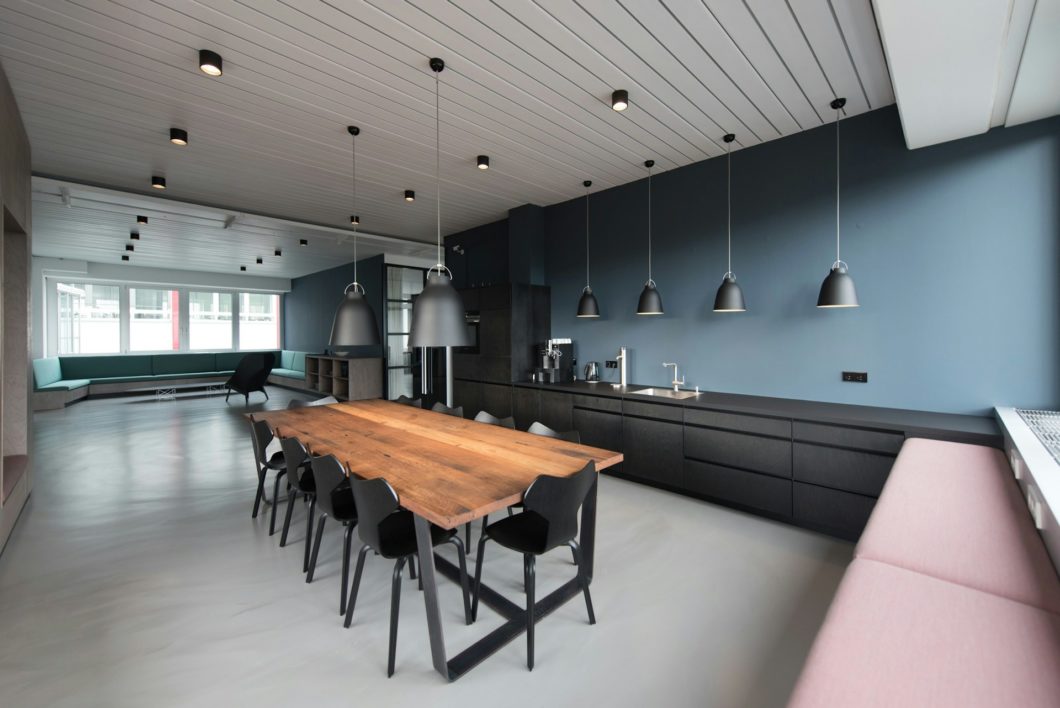
The office kitchen is often overlooked when it comes to energy-saving strategies, but it can actually be a significant source of energy consumption. Appliances like toasters, microwaves, and coffee machines are major energy users, especially in a busy office. Upgrading to more energy-efficient models can make a big difference in reducing operational costs and energy waste.
Investing in high-quality, eco-friendly appliances not only helps save energy but can also reduce the costs associated with replacing low-quality, inefficient models. For example, energy-efficient kettles and dishwashers can consume far less power than older, traditional models.
Refrigerators are often a significant energy drain. Ensure that your office fridge is well-maintained, with the right temperature setting (ideally between 3°C and 5°C). Make sure to keep doors closed to prevent cold air from escaping and avoid overfilling the fridge, which can reduce airflow and efficiency.
Upgrading to greener tech is one of the most effective ways to reduce energy consumption in your office. Simple upgrades like motion sensors for lighting, adaptive heating systems, and power management tools can significantly reduce energy consumption while improving office comfort.
Additionally, don’t overlook your office hardware. Older monitors, printers, and other office equipment can be major energy drains. By conducting an energy audit of your office’s electrical equipment and replacing outdated technology with more energy-efficient models, you can make a significant impact on your overall energy usage.
For instance, swapping desktop PCs for laptops, which typically use 85% less electricity over a year, can result in significant energy savings.
A Building Energy Management System (BEMS) is an advanced approach that allows businesses to actively manage and optimise energy usage across their entire office. Unlike a smart meter, which primarily tracks real-time energy consumption, BEMS software integrates data from various systems—such as lighting, heating, air conditioning, and other electrical devices—to provide an overall view of energy usage and efficiency.
Investing in your office building energy efficiency through upgrades like a BEMS can help identify inefficiencies, set energy-saving targets, and even automate certain processes. For example, a BEMS can automatically adjust temperature settings based on real-time occupancy data or time-of-day schedules, ensuring systems are running only when needed. Additionally, it can highlight areas where energy consumption is higher than necessary, allowing you to make informed decisions about upgrades or changes to equipment.
BEMS also helps businesses track their sustainability goals by providing detailed insights and regular reporting on energy consumption, helping you stay accountable to energy-saving targets. In the long term, adopting this system can lead to significant savings on energy bills and contribute to your office’s overall environmental goals.

Thoughtful placement of furniture and equipment can help reduce the need for HVAC and lighting, leading to energy savings.
For example, avoid placing heaters near windows or open doors, as this can cause heat to escape, making your heating system work harder. Similarly, placing desks near windows can make use of natural light, reducing the need for artificial lighting during the day. Consider using reflective surfaces or light-coloured walls to bounce light around the room, enhancing the effect of natural light.
By strategically arranging furniture and equipment, you can create a more energy-efficient workspace that reduces reliance on heating, cooling, and lighting, while improving overall comfort.
Energy zoning is a smart way to optimise heating, cooling, and lighting in your office by tailoring energy use to different areas based on occupancy. For example, if certain rooms or sections of your office are not in use, you can reduce or turn off heating, cooling, and lighting to avoid wasting energy.
By using smart thermostats, occupancy sensors, or automated systems, you can adjust energy usage in real-time, ensuring that energy is only used where it’s needed. This not only lowers costs but also helps create a more sustainable office environment.
Energy zoning ensures that your office is as efficient as possible by only using energy in the spaces that need it, supporting both cost savings and your environmental goals.
A significant amount of heat can be lost through poorly insulated spaces or gaps in doors and windows, making your heating system work harder than necessary. Ensuring your office is properly insulated and sealing any gaps can help prevent heat loss, leading to a more comfortable environment and reduced energy consumption.
Start by inspecting doors and windows for drafts and sealing any gaps with weatherstripping or caulking to prevent warm air from escaping. Even small gaps can add up to significant energy waste.
If your office isn’t properly insulated, consider adding insulation to walls, ceilings, and floors to retain heat and maintain a comfortable temperature. Double glazing or thermal curtains can also help, particularly in older buildings with less efficient windows. By sealing gaps and improving insulation, you can reduce heating costs and keep your office energy-efficient, while also reducing your carbon footprint.
If you’re reading this, I assume you’re already interested in saving energy in the office – go you! However, to create an energy-efficient office, it’s important that everyone in your team gets involved.
One way to engage your employees is by designating an energy champion or a team to oversee and coordinate energy-saving initiatives. This person or group can help drive awareness, track progress, and ensure energy-saving practices become part of the daily routine.
Encourage your team to work together on energy-saving goals, whether it’s turning off unused devices, reducing waste, or participating in the Cycle to Work scheme. By fostering a sense of shared responsibility, your office can become one big energy-saving family, working towards a greener, more sustainable workplace.

Educating your team about energy-saving practices can lead to long-term improvements in energy efficiency. Hosting energy-saving workshops is a great way to raise awareness and empower employees to make sustainable choices in the office.
These workshops can cover simple tips like turning off unused devices, optimising heating and lighting, and encouraging greener commuting. They can also delve into more advanced topics, like understanding energy consumption patterns or adopting eco-friendly office supplies.
By engaging employees through regular workshops, you create a culture of sustainability, where everyone is actively contributing to the office’s energy-saving efforts. Plus, staff will feel more motivated to incorporate energy-efficient habits into their daily routines.
Motivate your team to adopt energy-saving practices by implementing a rewards program. Recognising and rewarding employees for their efforts in reducing energy consumption can create a positive, competitive environment and encourage sustainable behaviour.
The program can be simple, offering rewards for actions like turning off unused devices, using public transport, or suggesting new energy-saving ideas. You can also set specific energy-saving goals (e.g., reducing office energy use by 10% in a quarter) and reward teams or individuals who help achieve them.
Creating energy-saving habits in the office doesn’t have to be boring—it can actually be a lot of fun. Consider launching a green energy initiative like ‘Turn it Off Tuesdays’, where everyone commits to turning off non-essential devices, lights, and appliances at the end of the day. This simple action can have a measurable impact on energy savings and help make energy conservation a regular office habit.
If you’re looking for another idea, try ‘Green Fridays’—a day where employees are encouraged to use sustainable commuting options, like public transport, carpooling, or cycling. This can help reduce your office’s overall carbon footprint while promoting a healthier and more eco-friendly commute.
If this sounds like something your team would enjoy, why not all sit down together and brainstorm a fun initiative that would work best for your office?
Implementing clear energy-saving policies is essential for creating a sustainable office environment. Policies that outline expectations for energy consumption, such as turning off equipment when not in use, encouraging digital workflows to reduce paper waste, or promoting energy-efficient commuting options, help ensure that your team is aligned with your sustainability goals.
Make energy-saving part of your company’s culture by setting specific, measurable targets, such as reducing energy consumption by a certain percentage each year. Regularly track progress and share updates with employees to keep everyone engaged and motivated.
By putting these policies in place, you can create a unified approach to energy efficiency, making it easier for everyone to contribute to a greener, more sustainable workplace.

Cycling to work is an excellent way to save energy, reduce your business’s carbon footprint, and improve employee wellbeing. It helps lower fossil fuel consumption, reduces traffic congestion, and promotes a healthier, more productive workforce.
Many businesses offer the Cycle to Work scheme, which allows employees to purchase bikes and safety equipment through salary sacrifice. This scheme not only makes cycling more affordable for employees but also provides tax savings for employers. The payments are deducted from employees’ salaries before tax, which can save on National Insurance contributions, benefiting both the business and the employee.
If your office doesn’t offer the scheme yet, it’s a great way to support a greener, healthier workplace.
Encouraging greener commuting options like public transport, carpooling, and cycling is another great way to help reduce your business’s carbon footprint and promote a more sustainable office environment.
Initiatives like Cycle to Work schemes (see tip 22) make cycling more affordable for employees while reducing the number of cars on the road. Additionally, businesses can offer incentives for employees using electric vehicles (see tip 24), such as installing charging points at the office.
For public transport, many companies provide discounted travel passes, helping employees save on commuting costs while reducing their environmental impact.

If your business requires commercial vehicles, transitioning to electric cars is an effective way to reduce energy consumption and lower your environmental impact. Electric vehicles (EVs) produce significantly fewer emissions than fossil fuel-powered cars, making them a more sustainable choice for an energy-efficient office.
If your office has a carpark, consider installing electric vehicle charging points to support employees who drive electric cars. Additionally, some businesses offer incentives or financial support to encourage employees to purchase or use electric vehicles for personal use, further promoting sustainability and energy-saving practices within the workplace.
Encouraging employees to take the stairs instead of using the elevator is a simple change that can positively impact both energy savings and health. It reduces the energy consumed by elevators and promotes physical activity, helping to create a more active and healthier workforce.
If you’re working on the 26th floor of The Shard, this might not be the best fit—but for offices with several floors, it’s a great opportunity to make energy-saving fun! You could set up a monthly challenge or make it a friendly competition between employees to see who can take the stairs the most.
Of course, it’s important to consider the accessibility needs of your team. Where taking the stairs may not be feasible for everyone, offering alternatives—like encouraging the use of energy-efficient lifts—ensures the initiative remains inclusive.

Adding plants to your office can improve air quality, regulate temperature and humidity, and reduce reliance on energy-intensive heating and cooling systems. Strategically placed plants can naturally purify the air and help maintain a comfortable office temperature, reducing the need for excessive heating in winter and cooling in summer.
Even outdoor greenery, like trees and bushes, can help block direct sunlight, lowering air conditioning use. This simple, cost-effective solution can enhance both energy efficiency and employee well-being.
Our client, Depop, incorporated greenery throughout their office fit-out to reflect their eco-conscious brand values and create a vibrant, sustainable workspace.
For more on the benefits of biophilic design, check out our blog on how ‘Office Plants Improve Health, Wellbeing, and Productivity’
Regularly reviewing your suppliers is essential to ensuring your office stays energy-efficient and sustainable. Many businesses unknowingly continue with suppliers who may not prioritise eco-friendly practices.
To make informed choices, begin by requesting sustainability certifications, such as ISO 14001 (for environmental management) or the EU Energy Label (for energy efficiency). These certifications indicate a supplier’s commitment to environmentally responsible practices. Review your suppliers’ environmental policies to understand how they manage energy use, waste, and renewable energy sources.
In some cases, you may want to conduct a supplier audit, which could involve asking for details on their energy consumption patterns, waste reduction efforts, or carbon footprint. Consider switching to local suppliers to reduce transportation emissions, which can significantly lower your supply chain’s overall carbon footprint. These actions help ensure your suppliers align with your office’s sustainability goals, reducing energy waste and contributing to a more sustainable office environment.
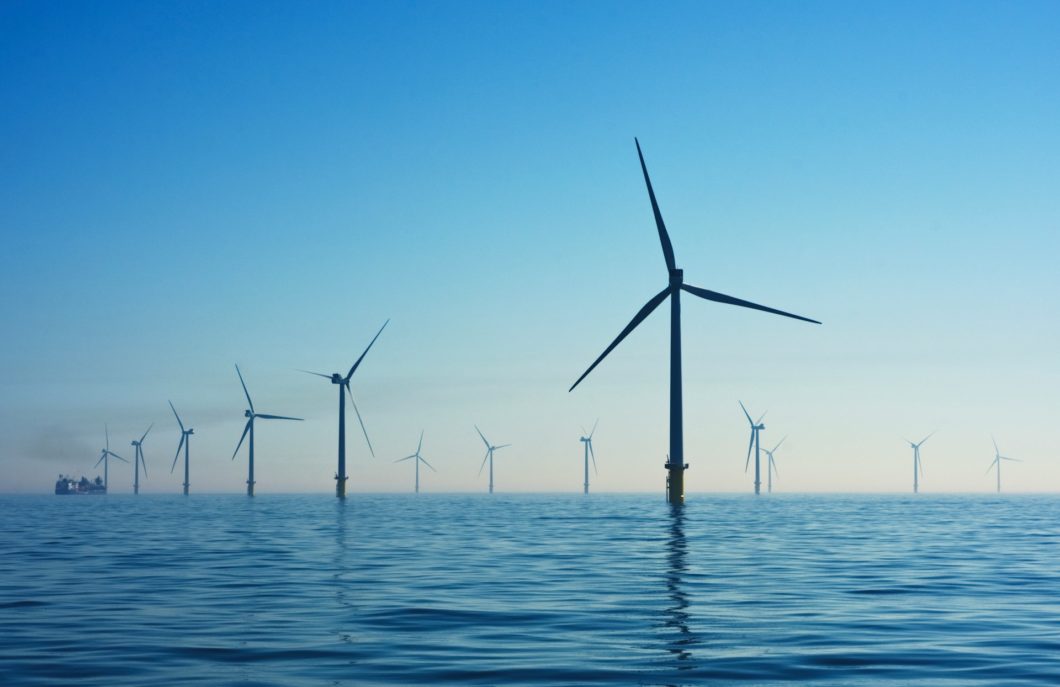
Your energy provider plays a crucial role in your office’s sustainability. If your current provider doesn’t supply renewable energy such as wind or solar power, it’s time to explore greener options. Switching to a green energy provider that prioritises 100% renewable sources can significantly reduce your carbon footprint and help meet your office’s sustainability goals. Many providers in the UK now offer competitive rates for renewable energy, ensuring your business operates in an environmentally responsible way without sacrificing performance.
To find a suitable green energy provider, use comparison websites that highlight providers’ green credentials and help you find one that offers 100% renewable energy. Look for providers certified by recognised standards, such as Renewable Energy Guarantees of Origin (REGO), which ensures that the electricity you’re buying comes from renewable sources like wind, solar, or hydroelectric power.
Simple changes like installing low-flow taps and water-saving fittings can significantly decrease the amount of water used without compromising performance. By reducing the volume of water that needs to be heated, you can lower the energy required to maintain a comfortable temperature, saving both water and energy.
Consider also solar-powered water heating systems. These harness renewable energy to heat your office’s water, cutting down on your reliance on fossil fuels. It’s particularly effective in spaces with high hot water demand, like kitchens and bathrooms.
These water-saving upgrades not only help your business reduce energy use but also promote sustainability, making your office a greener place to work.
The structural elements of your office building can have a significant impact on its energy consumption. Whether you’re in an older building or a newer, purpose-built office, there are several ways to reduce energy waste and improve efficiency.
Start by investing in roof insulation, double-leaf walls, and auto-closing doors to minimise heat loss (or gain). These improvements help maintain a comfortable temperature in your office, reducing the need for excessive heating or cooling. Upgrading to double or triple-glazed windows can further help by improving insulation and reducing the amount of heat that escapes during the winter or enters during the summer.
Additionally, consider solar shading and reflective roofing materials to reduce the amount of direct sunlight entering your building, lowering your reliance on air conditioning. These structural improvements are long-term investments that can significantly reduce your energy costs and enhance your office’s overall energy efficiency.
With the rise of hybrid working, it’s important to ensure your office space is used efficiently and doesn’t waste energy on days when only a few people are in. By synchronising your team’s in-office schedules, you can ensure the office is fully utilised on key days and avoid heating, cooling, and lighting spaces that aren’t being used.
Encourage teams to coordinate office attendance, ensuring that the workspace is optimally populated, which reduces energy consumption on quieter days. You could implement a hot-desking system where employees don’t have assigned desks, but instead, use any available space when they’re in the office. This is particularly useful for smaller teams and offices, as it maximises space use without wasting energy on unoccupied workstations.
By syncing schedules and adopting flexible office arrangements, you can make better use of your workspace while maintaining energy efficiency.
Adopting a flexible working schedule can lead to energy savings by reducing the need for lighting, heating, and cooling during less populated office hours. For instance, shifting office hours to start later in the day allows your team to make better use of natural daylight, reducing the need for artificial lighting in the mornings.
Additionally, offering options like a four-day workweek can help your office stay closed on one additional day, reducing heating, cooling, and lighting needs on that day.
By adjusting working hours to make the most of daylight, you can save energy and create a more sustainable workplace, all while offering employees the flexibility they value.

Even in the most energy-efficient offices, simple oversights can lead to significant energy waste. One area businesses often overlook is their HVAC systems. It’s recommended to service HVAC systems at least twice a year—ideally before the summer and winter seasons.
This includes cleaning filters, checking air ducts, and ensuring everything is running optimally. Regular maintenance can prevent unnecessary energy use, extend the lifespan of the system, and reduce the risk of costly repairs.
In addition, fixing any leaks and ensuring your HVAC systems are free of blockages helps maintain efficiency and prevents energy waste. By staying on top of HVAC maintenance, your business ensures that energy is being used effectively, supporting a comfortable and productive workplace while cutting down on wasted energy.
With more businesses moving towards digital solutions, going paperless is an effective way to reduce energy use in the office. Printing and copying documents can consume a lot of energy, especially when done regularly. Switching to digital communication, storage, and workflows helps streamline your operations and reduce energy waste.
If printing is necessary, encourage employees to print double-sided to cut paper usage and make sure printers are set to default to eco-friendly settings. Use energy-efficient printers and eco-friendly paper made from sustainable sources to reduce both energy consumption and your office’s carbon footprint.
Implementing a printing policy that encourages printing only when essential and reviewing documents digitally can also reduce unnecessary waste. These small adjustments make a big difference in creating a more energy-efficient office.
Implementing automation in your office is one of the most effective ways to optimise energy usage and reduce waste. Automated systems can manage heating, lighting, and other energy-consuming processes, ensuring they’re only active when needed.
For example, smart thermostats can adjust the temperature based on occupancy or time of day, while automated lighting systems can be linked to motion sensors to turn off lights when rooms are unoccupied. Energy management software can also provide real-time monitoring, allowing you to track energy consumption and set automated schedules for devices like printers, computers, or air conditioning units.
By automating these systems, you reduce the need for manual intervention, optimise energy use, and ensure your office is as energy-efficient as possible without requiring constant oversight.
Energy needs can fluctuate throughout the year, so adjusting your office’s energy strategy seasonally is key to improving efficiency and reducing costs. In the colder months, consider setting up seasonal temperature adjustments. For example, ensure your heating system is set to lower temperatures during non-peak hours or weekends, and use draft-proofing methods like weatherstripping to keep warmth in.
In warmer weather, blocking direct sunlight with blinds or shades during peak hours can help maintain a comfortable temperature without over-relying on air conditioning. Additionally, nighttime cooling—using cooler outdoor air to naturally lower indoor temperatures overnight—can reduce the need for daytime cooling.
Making these seasonal energy optimisations ensures your office adapts to changing weather conditions, maintains comfort, and avoids unnecessary energy expenditure. By reviewing and adjusting energy usage with the seasons, you can achieve more sustainable and cost-effective operations year-round.

Walking meetings are an easy way to combine productivity with sustainability. By taking meetings out of the office and into the great outdoors, you reduce the need for artificial lighting, heating, and cooling—especially in spaces that would otherwise be left unused.
In addition to the energy benefits, walking meetings encourage physical activity, which can boost creativity, improve focus, and promote better overall health. Encourage your team to opt for walking meetings, especially for shorter, informal discussions.
This simple shift can reduce your office’s energy consumption while improving team well-being and fostering a more collaborative, active workplace.
Using appropriately sized meeting rooms can help reduce energy consumption in the office. For example, if you only have a small group of people—such as just two or three—it’s more energy-efficient to use a smaller meeting room rather than a large boardroom.
Larger rooms require more lighting, heating, and cooling, which can lead to unnecessary energy use when they’re not fully occupied.
Encourage your team to select meeting spaces based on the number of attendees, ensuring that you’re only using energy for the space that’s needed.
Automatic doors can help improve energy efficiency by minimising heat loss or gain in your office. Traditional doors that need to be manually opened and closed tend to be left open more often, allowing cold or warm air to escape, which forces your HVAC system to work harder. Automatic doors, on the other hand, only open when necessary and close quickly, reducing energy loss.
In high-traffic areas like entrances, installing automatic doors ensures that the space remains sealed when not in use, helping to maintain a stable indoor temperature and reducing the need for excessive heating or cooling. While the initial investment may be higher, the long-term savings on energy bills can make automatic doors a smart energy-saving solution for businesses.
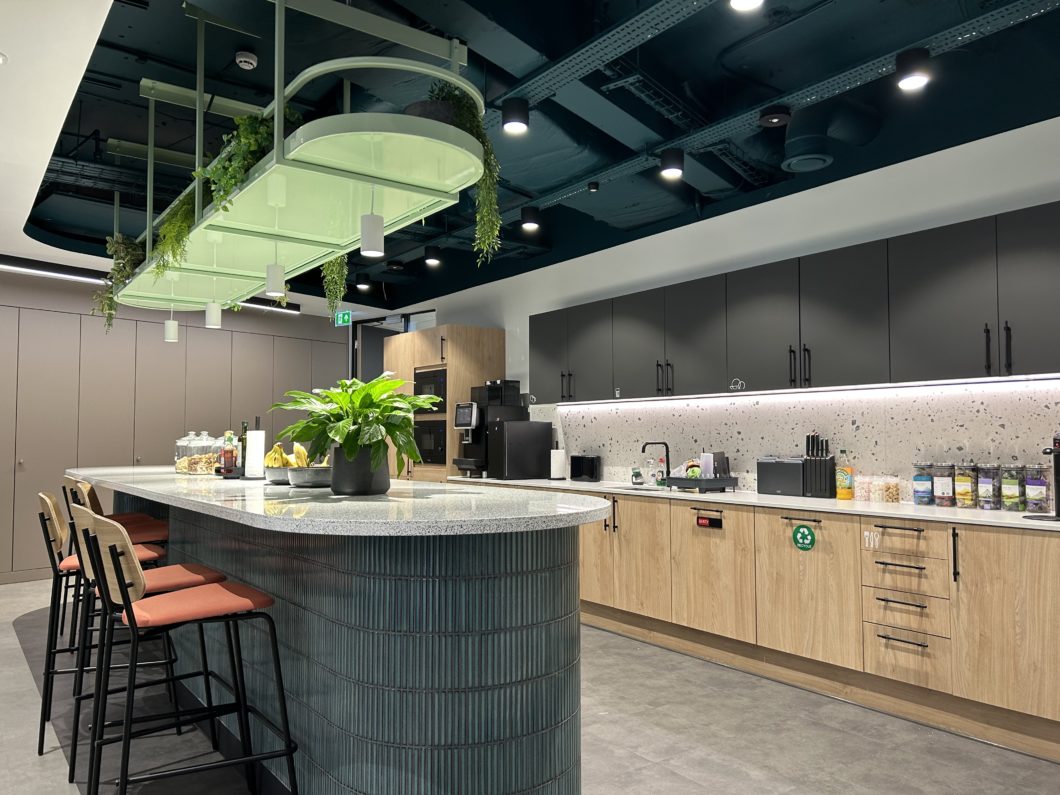
When Superscript, a certified B Corp and rapidly growing insurtech company, set out to relocate their London HQ, they needed a space that reflected their innovative culture and strong sustainability values. We helped them secure a 5,790 sq ft office in Eastcheap and delivered a full fit-out that prioritised energy efficiency from the ground up.
The layout was designed to support hybrid working and minimise energy waste, with a mix of adjustable workstations, acoustically treated meeting rooms, and a multi-purpose event space. We also provided guidance on tracking utility usage to help them stay accountable to their B Corp commitments and identify long-term energy-saving opportunities.
You can find more examples like this in our case study archive.
You’ve made it to the end of our energy-saving tips—now it’s time to put them into action! By implementing these strategies, your business can not only reduce its carbon footprint but also save a significant amount on energy costs.
While some quick wins are easy to implement right away, focusing on larger, long-term strategies will deliver the greatest impact. Make sustainability a core value of your business and involve your team in the process. Together, you can create a greener, more energy-efficient workplace.
Need help making it happen? Whether you’re looking to organise an eco-friendly refurbishment or find a more energy-efficient office space, our expert agents are here to assist – so, get in touch today.

? Source, negotiate and manage entire office moves.
? Dispose, sublet or redesign your office.
?️ Professional, independent support.